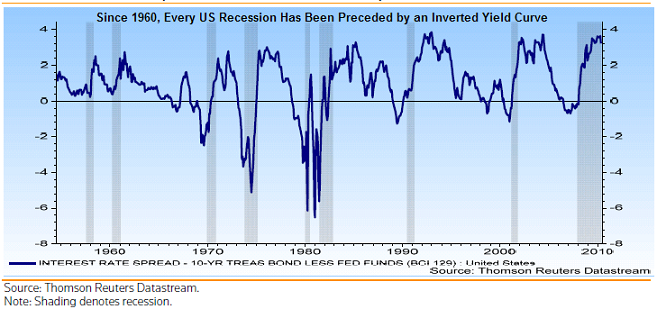 |
| From HORAN Capital Advisors |
According to a recent S&P report that evaluated the performance of the equal weighted and market cap weighted indices, they provide the following summary of EMH and CAPM.
The theoretical underpinnings for market capitalization weighted indices as a basis for investment lie in the Capital Asset Pricing Model (CAPM) and the Efficient Market Hypothesis.
According to the CAPM model, the expected return implicit in the price of a stock should be commensurate with the risk of that stock. However, stocks are subject to two types of risk – systematic risk, resulting from potential movements in market factors; and unsystematic risks, resulting from factors associated with individual assets. Since unsystematic risk can be diversified away, stocks should be priced solely based on systematic risk. This also implies that it is optimal to hold a well diversified portfolio in order to minimize unsystematic risk for a given level of expected return.
According to the efficient market hypothesis, it is impossible to beat the market because prices already incorporate all relevant information. Based on this, the most efficient portfolio would be the entire market and a broad market capitalization index would represent the optimal investment. However, there is much debate as to how efficient the market is in practice. Thus, there are countless different strategies being used in an attempt to beat the market. This has led to indices created based on alternative factors that measure different strategies.
Recent S&P research suggests the EWI outperformance is attributable to a couple of factors. The two prominent ones are size and style. As the below graphic shows, the EWI tends to have more exposure to the mid size companies in the S&P index as well as being more tilted towards value style companies. If one reviews Ibbotson data, the best performing asset class over the long run has been midcap value. As the performance table above shows, the larger sized S&P 100 Index has underperformed the cap weighted and equal weighted S&P 500 Index.
 |
| From HORAN Capital Advisors |
Source:
Equal Weight Indexing
Standard & Poor's
July 2010
http://tinyurl.com/24hshfn






















